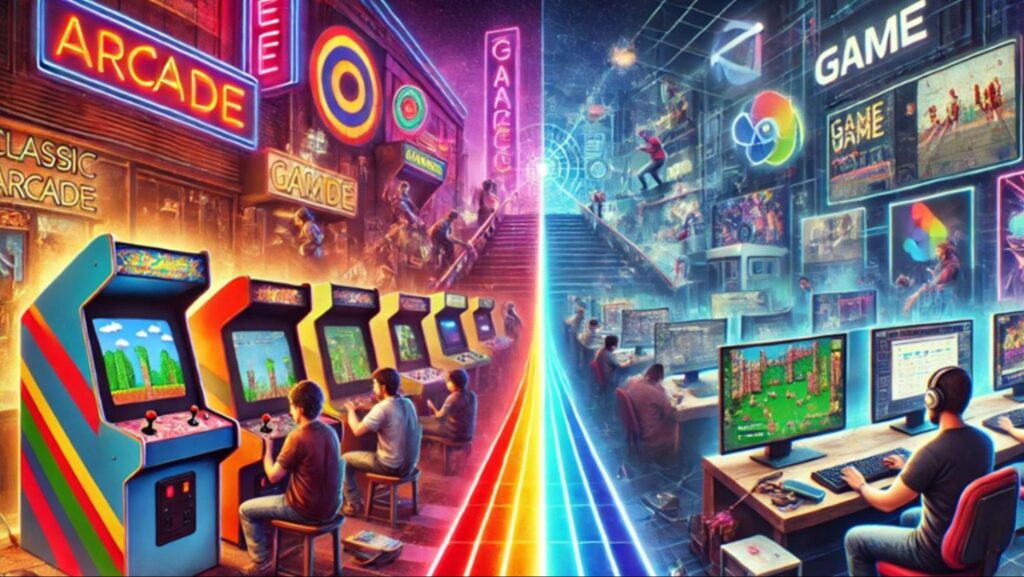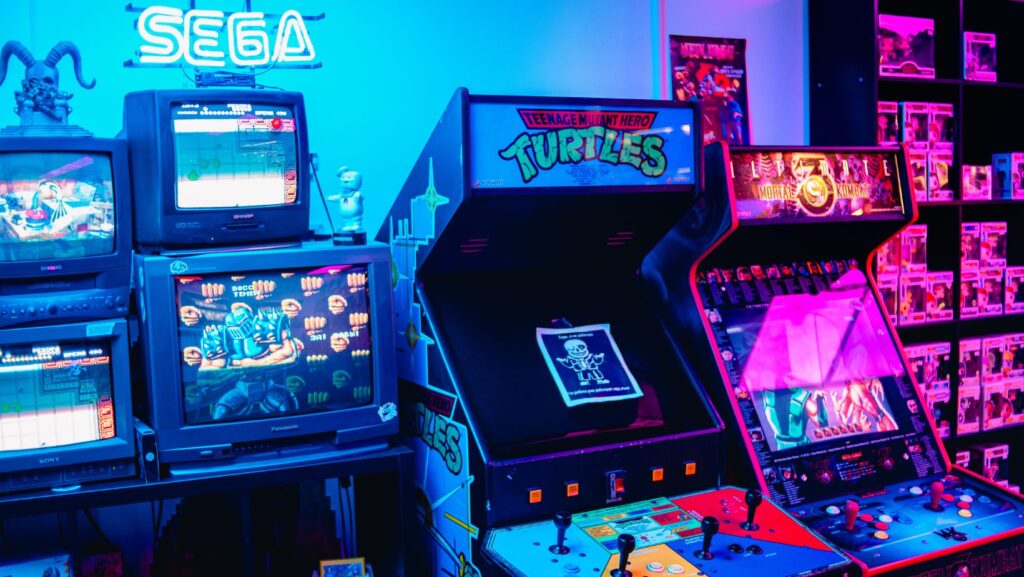The golden age of arcade gaming left an indelible mark on the gaming industry, introducing titles that became cultural icons. Games like Pac-Man, Street Fighter, and Space Invaders were not just pastimes; they defined an era of gaming excellence. However, as technology advanced, traditional arcade machines faded into the background, making way for more powerful home consoles.
Despite this shift, the love for classic arcade games has never waned. With the rise of retro gaming nostalgia, leading Game Development Companies and console game development companies are now working tirelessly to bring these classic titles to modern gaming platforms. But how exactly are they doing it? Let’s explore the process behind reviving these nostalgic gems for today’s consoles.
The Arcade Nostalgia Wave
Retro gaming has seen a massive resurgence, driven by factors like:
- Growing nostalgia among older gamers
- A desire for simple yet engaging gameplay mechanics
- The influence of gaming influencers and YouTubers showcasing classic titles
- Modern accessibility through digital downloads and streaming services
These factors have created a demand for arcade classics, prompting game developers to find innovative ways to reintroduce these games to a new generation of players.
How Development Companies Are Bringing Classic Arcade Games to Modern Consoles
1. Remastering and Remaking with Enhanced Graphics
Many arcade game development companies are remastering classic arcade games to match the high-definition and 4K capabilities of modern consoles. This includes upgrading pixelated graphics to high-resolution textures, improving frame rates, and enhancing visual effects while retaining the original game’s charm.
Example: The Street Fighter 30th Anniversary Collection features enhanced versions of classic Street Fighter games with improved graphics while maintaining the original arcade gameplay.
2. Porting and Emulation for Authentic Gameplay
Not every arcade game needs a full remake—many developers use emulation techniques to bring old games to new hardware. By using software emulation, they preserve the original experience while allowing gamers to play on PlayStation, Xbox, Nintendo Switch, and PC.

Example: Nintendo’s Virtual Console and PlayStation’s Arcade Archives have successfully brought retro classics to modern audiences using emulation.
3. Adding Modern Features to Classic Titles
To keep retro games engaging for today’s gamers, developers often add:
- Online multiplayer support – Allowing players to compete worldwide
- New levels or challenges – Expanding the game without altering the core experience
- Enhanced soundtracks and remixes – Keeping the nostalgia alive while modernizing audio quality
- Save states and rewind features – Helping players progress without the frustration of restarting
Example: The Sega Ages collection introduced save states and rewind features, making classic games more accessible and less punishing.
4. Leveraging Cloud and Digital Distribution
With digital platforms like Xbox Game Pass, PlayStation Store, and Nintendo eShop, developers no longer need physical releases for classic games. This removes distribution barriers and makes arcade classics more accessible than ever.

Example: Xbox’s Backward Compatibility Program has made numerous classic arcade titles available for modern players through cloud-based gaming.
Why Console Game Development Companies Are Investing in Retro Gaming
Leading console game development company recognize the commercial potential of retro gaming. The nostalgia factor, combined with modern enhancements, allows them to reintroduce classic games to a broader audience while maintaining profitability.
- Appeals to both retro gamers and new players
- Cost-effective compared to building new IPs from scratch
- Expands the content library of modern consoles
- Keeps classic game franchises relevant
This trend is evident in the success of consoles like the NES Classic Edition and Sega Genesis Mini, which sold millions of units worldwide.
Conclusion: The Future of Classic Arcade Games on Modern Consoles
The revival of arcade games isn’t just a passing trend—it’s a movement that continues to reshape the gaming industry. With arcade game development companies remastering, emulating, and enhancing old classics, and console game development companies providing cutting-edge platforms, retro gaming is stronger than ever.
As technology advances, we can expect even more arcade classics to be revived with improved visuals, better performance, and modern features, ensuring that these timeless games continue to entertain generations to come.



